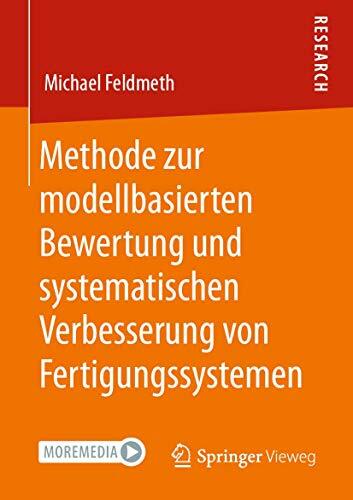
Modeling Data Irregularities and Structural Complexities in Data Envelopment Analysis
Kurzinformation
inkl. MwSt. Versandinformationen
Artikel zZt. nicht lieferbar
Artikel zZt. nicht lieferbar

Beschreibung
In a relatively short period of time, Data Envelopment Analysis (DEA) has grown into a powerful quantitative, analytical tool for measuring and evaluating performance. It has been successfully applied to a whole variety of problems in many different contexts worldwide. The analysis of an array of these problems has been resistant to other methodological approaches because of the multiple levels of complexity that must be considered. Several examples of multifaceted problems in which DEA analysis has been successfully used are: (1) maintenance activities of US Air Force bases in geographically dispersed locations, (2) policy force efficiencies in the United Kingdom, (3) branch bank performances in Canada, Cyprus, and other countries and (4) the efficiency of universities in performing their education and research functions in the U.S., England, and France. In addition to localized problems, DEA applications have been extended to performance evaluations of 'larger entities' such as cities, regions, and countries. These extensions have a wider scope than traditional analyses because they include "social" and "quality-of-life" dimensions which require the modeling of qualitative and quantitative data in order to analyze the layers of complexity for an evaluation of performance and to provide solution strategies. DEA is computational at its core and this book by Zhu and Cook deals with the micro aspects of handling and modeling data issues in modeling DEA problems. DEA's use has grown with its capability of dealing with complex "service industry" and the "public service domain" types of problems that require modeling both qualitative and quantitative data. It is a handbook treatment dealing with specific data problems including the following: (1) imprecise data, (2) inaccurate data, (3) missing data, (4) qualitative data, (5) outliers, (6) undesirable outputs, (7) quality data, (8) statistical analysis, (9) software and other data aspects ofmodeling complex DEA problems. In addition, the book demonstrates how to visualize DEA results when the data is more than 3-dimensional, and how to identify efficiency units quickly and accurately.
Produktdetails

So garantieren wir Dir zu jeder Zeit Premiumqualität.
Über den Autor

- Hardcover
- 312 Seiten
- Erschienen 2001
- Springer

- Taschenbuch
- 246 Seiten
- Erschienen 2018
- Asterys

- Kartoniert
- 236 Seiten
- Erschienen 2016
- BoD – Books on Demand

- Kartoniert
- 178 Seiten
- Erschienen 2018
- Springer

- Kartoniert
- 598 Seiten
- Erschienen 2012
- Springer

- paperback
- 268 Seiten
- Erschienen 2016
- Springer

- paperback
- 390 Seiten
- Erschienen 2016
- Routledge

- Hardcover
- 456 Seiten
- Erschienen 2000
- Wiley-Interscience

- Taschenbuch
- 432 Seiten
- Erschienen 2011
- Routledge

- Hardcover
- 100 Seiten
- Erschienen 1981
- Sage Publications, Inc

- paperback
- 148 Seiten
- Erschienen 1974
- Springer Berlin Heidelberg

- paperback
- 662 Seiten
- Erschienen 2016
- Routledge

- Kartoniert
- 363 Seiten
- Erschienen 2017
- Sage Publications, Inc

- Kartoniert
- 514 Seiten
- Erschienen 2002
- Springer

- Kartoniert
- 688 Seiten
- Erschienen 2021
- Springer Gabler































